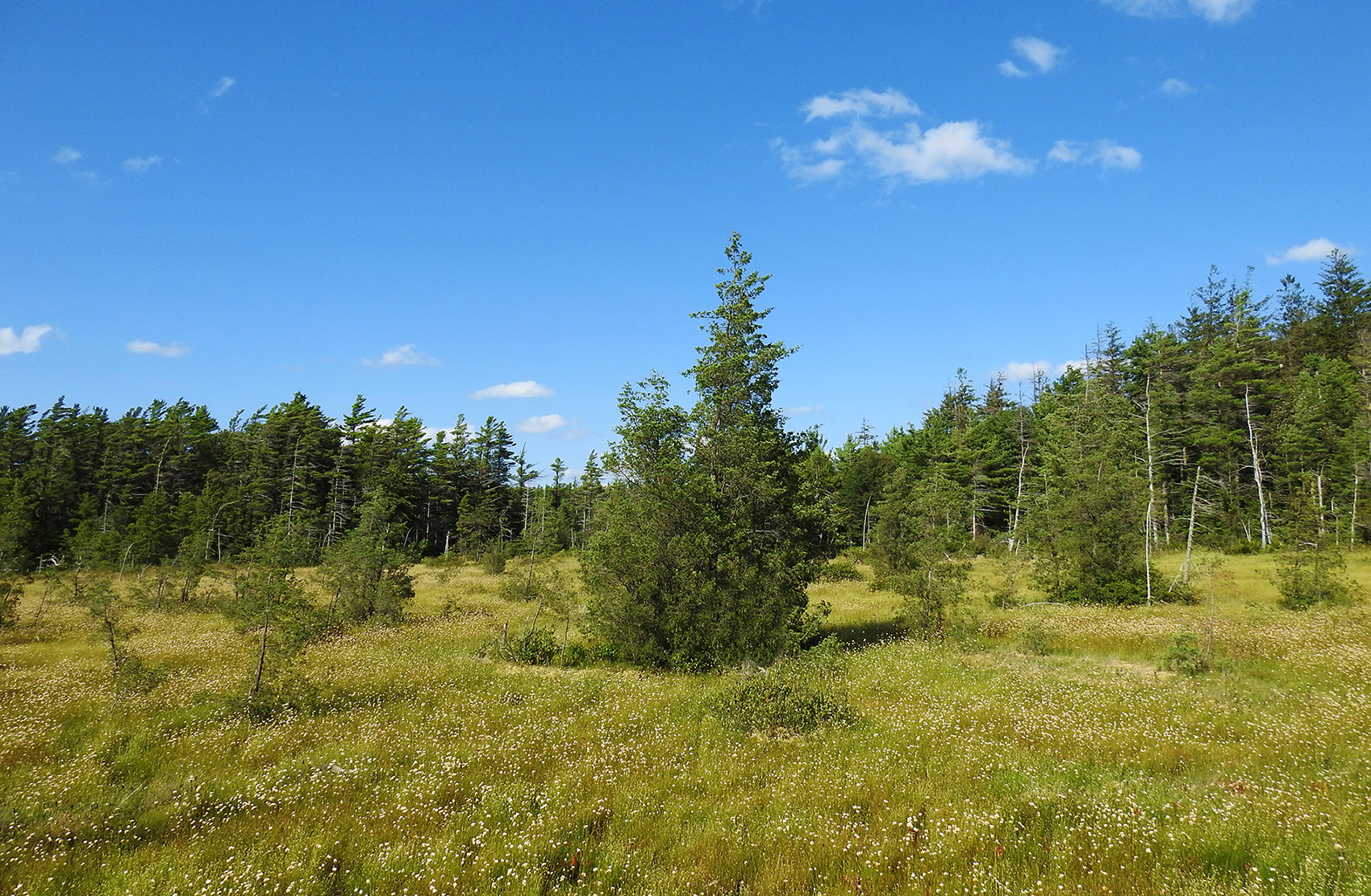
In the fields of biology and ecology, a specific word is used to describe a living organism that no longer inhabits a particular area: extirpated.
An extirpated tree, for instance, grows in other regions of the world, but it no longer exists in a particular place that it formerly occupied.
An appropriate example is the Atlantic White-Cedar tree (Chamaecyparis thyoides). This coniferous tree formerly inhabited the state of Pennsylvania, though by the early 19th century all wild populations had been logged. Atlantic White-Cedar is not extinct, however, because its range currently spans the Atlantic coastline. Instead, this tree is considered to be extirpated from Pennsylvania because wild populations no longer grow here.
This past weekend, I encountered something fascinating: a healthy population of Atlantic White-Cedar in Pennsylvania. This population was located within a beautiful bog containing typical bog specialists including cranberry, huckleberry, pitcher plant, sundew, and dozens of other plants.
Interestingly, ecologists and botanists are well aware of these Pennsylvanian Atlantic White-Cedar trees, and even though this population of Atlantic White-Cedar seems to be thriving, the tree is still considered to be extirpated from the state.
But why?
In the following video, I discuss the topic and address a few pertinent questions. If you are unfamiliar with the beautiful and majestic Atlantic White-Cedar tree, check it out!

